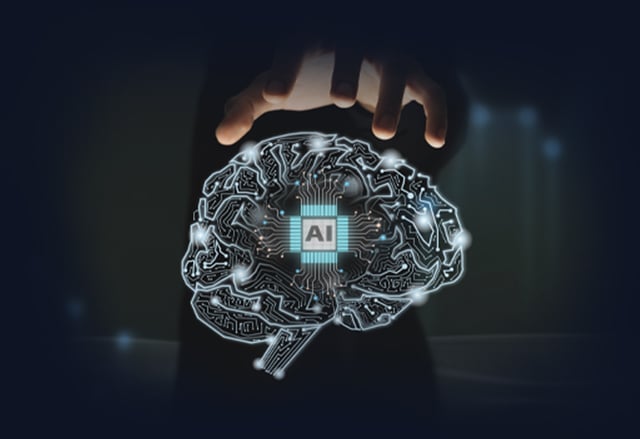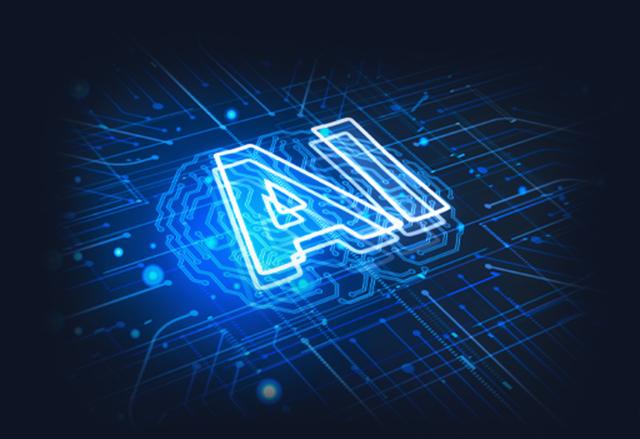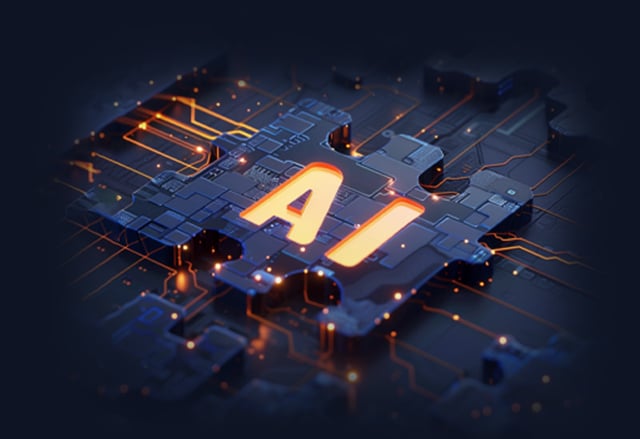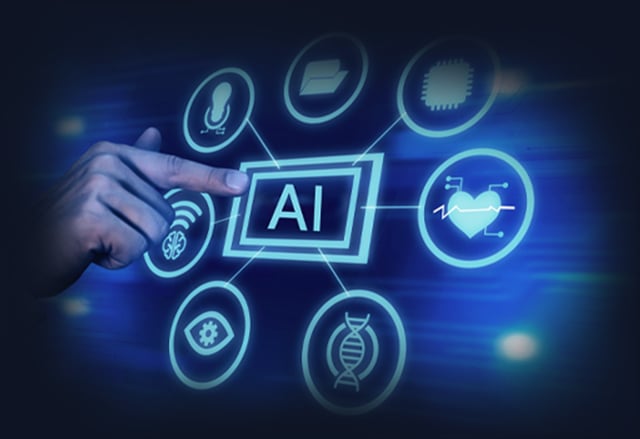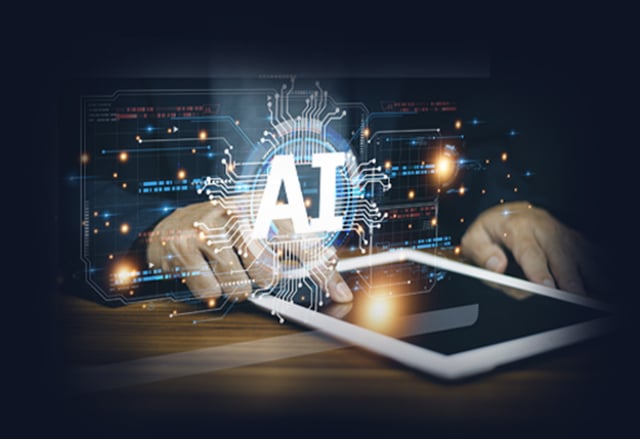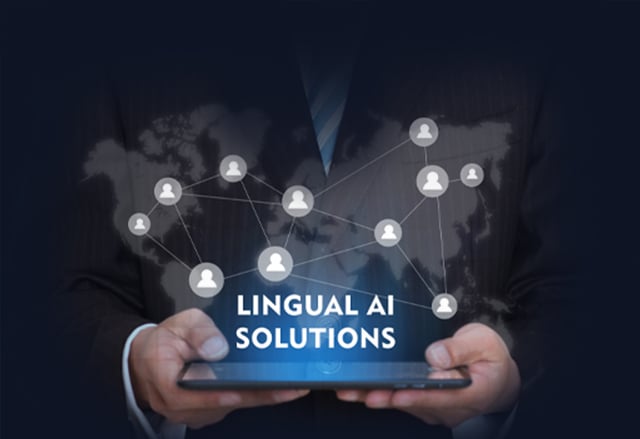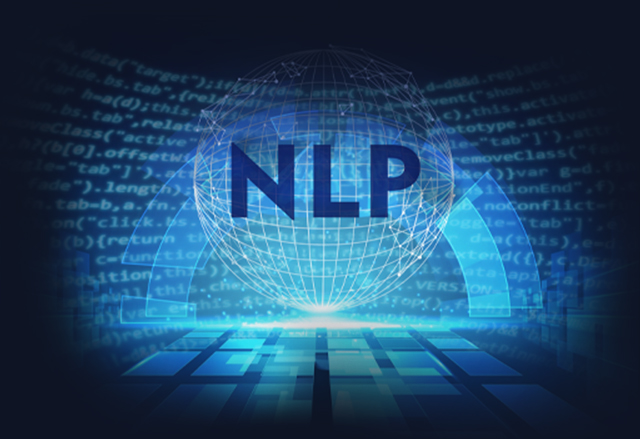AI Interruption Handling: Ensuring Seamless Workflow

In today's dynamic business world, the ability to maintain uninterrupted workflows is crucial. Interruptions, whether minor or major,
can derail productivity and efficiency. Enter AI interruption handling: a groundbreaking solution designed to preserve the flow of work seamlessly.
This introductory guide explores how AI technology not only anticipates but also smartly addresses disruptions,
ensuring your business operations remain smooth and efficient.
Discover how leveraging AI for interruption management can transform your workflow, enhance productivity,
and give your organization a competitive edge in the fast-paced market.
What Does it Mean to Achieve Seamless Interactions?
Seamless interactions refer to the fluid, effortless flow of communication and processes within an organization,
They facilitate the smooth exchange of ideas, information, and actions across teams, departments, and organizations.
They form the backbone of efficiency and productivity. When communication flows seamlessly, projects move faster,
decision-making becomes swifter, and collaboration reaches new heights. They enhance employee engagement, foster innovation,
and ultimately elevate the overall performance of a business.
In this digital age, where borders blur and connectivity transcends physical limitations, mastering the art of seamless interactions isn't just a bonus,
it's a necessity. Businesses that prioritize and perfect this art gain a competitive edge, as they're equipped to adapt, evolve,
and thrive in the dynamic landscape of today's economy.
Challenges Faced in Achieving Seamless Interactions
In the pursuit of seamless interactions within business settings, several challenges often stand as barriers in the way
of achieving a smooth flow of communication.
- Technological Hurdles: Outdated or incompatible systems pose a significant challenge.
Diverse technologies across departments or the absence of integrative platforms can disrupt the flow
of information and hinder seamless interactions. - Communication Gaps: Misalignment in communication channels, whether due to hierarchical structures, geographical dispersion,
or language barriers, can impede the smooth exchange of ideas and information. - Cultural Differences: In multinational or diverse teams, varying cultural norms, work practices, and communication styles can create misunderstandings and hinder cohesive interactions.
- Data Silos: When crucial information is compartmentalized in different databases or systems, accessing and sharing data becomes arduous, impacting decision-making and collaboration.
- Security Concerns: Balancing seamless interactions with robust security measures is challenging.
The need to protect sensitive information often introduces complexities in accessibility and sharing. - Resistance to Change: Employees' reluctance or lack of training in adopting new technologies or workflows can stall
the implementation of seamless interaction solutions. - Workflow Disruptions: Unexpected interruptions, such as system failures, power outages, or cyber-attacks, can disrupt the flow of operations, leading to inefficiencies and communication breakdowns.
- Scalability Issues: As businesses grow or evolve, scaling up seamless interaction systems to accommodate increased demands without compromising efficiency becomes a significant challenge.
Overcoming these challenges requires a multifaceted approach, including investment in adaptable technologies, fostering a culture of open communication and adaptability, investing in employee training, and implementing robust security measures while ensuring scalability and integration across various departments and systems. Tackling these hurdles head-on is vital for businesses aiming to achieve truly seamless interactions.
The Impact of Interruptions on Workflow Efficiency and Productivity
Interruptions, like uninvited guests, often disrupt the flow of work, impacting efficiency and productivity within business environments.
Their impact is profound and multi-faceted:
- Loss of Focus and Time: Interruptions snatch away precious focus from tasks at hand. It takes time to regain that concentration,
leading to a loss of productivity. Even brief interruptions can cause significant delays, sometimes doubling the time needed to complete a task. - Reduced Quality of Work: Interruptions not only steal time but also compromise the quality of work.
When attention shifts abruptly, mistakes can occur, leading to errors that require additional time and effort to rectify. - Negative Impact on Decision-making: In scenarios demanding critical thinking or decision-making, interruptions disrupt the cognitive process. This interference can result in hasty or less thought-out decisions, potentially affecting the overall quality of choices made.
- Increased Stress and Frustration: Constant interruptions elevate stress levels among employees.
The constant need to refocus and catch up on lost time can lead to heightened frustration, impacting morale and overall job satisfaction. - Impaired Collaboration and Communication: Interruptions during collaborative efforts hinder effective communication.
They disrupt the free flow of ideas and discussions, hampering teamwork and innovation. - Disruption of Workflow Rhythm: Continual interruptions break the natural rhythm of work,
making it challenging to enter a state of deep work or sustained concentration, essential for tackling complex tasks efficiently. - Cumulative Effect on Productivity: While individual interruptions might seem minor, their cumulative effect throughout
the day significantly reduces overall productivity. Studies indicate that frequent interruptions can result in a significant decrease in daily output.
AI Interruption Handling: An Overview
AI interruption handling stands as a technological marvel designed to anticipate and manage interruptions in various operational workflows.
It’s your loyal assistant, constantly scanning the environment for potential disruptions and swiftly stepping in to ensure minimal impact
on ongoing tasks.
The primary purpose of AI interruption handling is to preemptively recognize interruptions, ranging from mundane notifications to critical system updates or unexpected disturbances, and then manage them effectively. Its goal is not just to react but to proactively address interruptions before they impede workflow or productivity in different industries, such as follows:
- Healthcare: AI interruption handling swiftly addresses unexpected system downtimes and patient data overloads,
ensuring continuous healthcare delivery and patient data management. - Fintech: In the fintech sector, it anticipates and resolves transactional glitches and security breaches,
maintaining financial transaction integrity and customer trust. - Telecommunications: This technology preemptively identifies and resolves network disruptions,
ensuring uninterrupted communication and data transfer. - Education: AI interruption handling in education dynamically adjusts digital learning platforms during technical disruptions,
maintaining a stable and continuous learning environment. - E-commerce: It efficiently handles sudden surges in online traffic and transaction errors, keeping e-commerce platforms
running smoothly and enhancing customer experience.
How Does It Work?
- Recognition: AI uses pattern recognition and real-time monitoring to identify interruptions through data analysis and user interactions.
- Interpretation: Machine learning algorithms categorize interruptions based on predefined criteria or historical data,
assessing their nature and potential impact. - Response Mechanisms: AI employs predefined or adaptive responses, from deferring non-urgent interruptions to alerting
human operators or adjusting workflows. - Adaptive Learning: Continuous learning enables AI to improve interruption recognition, interpretation, and response strategies over time.
- Contextual Understanding: AI considers contextual cues such as user tasks, preferences, and criticality to prioritize and tailor responses
to interruptions effectively.
Benefits of AI Interruption Handling for Businesses
- Improved Productivity and Workflow Efficiency: AI interruption-handling minimizes disruptions,
allowing employees to maintain focus on tasks, thereby enhancing overall productivity and streamlining workflow efficiency. - Enhanced Customer Experiences and Satisfaction: By swiftly addressing interruptions in customer service or operational processes,
AI ensures smoother interactions, leading to improved communication experiences and heightened satisfaction. - Reduction of Human Errors and Time Wastage: AI's ability to manage interruptions effectively reduces human errors caused by distractions.
It optimizes time usage by mitigating the impact of interruptions, ensuring tasks are completed more efficiently. - Cost Savings: AI interruption handling reduces downtime and minimizes the need for manual intervention in handling interruptions.
This efficiency ultimately leads to cost savings by optimizing resource allocation and reducing operational inefficiencies. - Consistent Operations: AI ensures consistent operations by managing interruptions in a standardized manner.
This consistency leads to a more predictable workflow and reduces the variability in outcomes caused by interruptions. - Scalability and Adaptability: AI systems can scale and adapt to handle various levels of interruptions as businesses grow.
They can be trained and fine-tuned to adapt to changing work environments and evolving interruption patterns. - Data-Driven Insights: AI interruption handling systems gather data on interruption patterns and their impacts.
Analyzing this data provides valuable insights for businesses to optimize processes, preemptively address potential disruptions,
and make informed decisions.
Future Trends and Opportunities
Predicted advancements in AI interruption handling include more accurate prediction models, adaptable systems, and improved natural language processing. These will enhance anticipation of interruptions, personalize responses, and integrate diverse data for better understanding.
This progress not only boosts efficiency and customer satisfaction but also sparks opportunities for specialized solutions, tech integration, service offerings, and educational advancements.
Businesses can create tailored solutions, integrate AI with emerging tech, offer new services, and foster educational programs.
The future of AI interruption-handling stands to reshape operations, drive innovation, and unlock substantial growth potentials across industries.
By integrating AI interruption-handling, you instill adaptability and innovation within your teams, enabling swift pivots
and the capitalization of emerging opportunities. This transformative technology isn't just an investment, it's a catalyst for sustained growth,
optimizing operations, informing decisions, and securing a more resilient and competitive future for organizations.
Frequently Asked Questions (FAQs)
How can businesses implement AI for seamless interactions?
Businesses use AI for smooth interactions via chatbots, tailored recommendations, and automated support, boosting user experiences
and operational efficiency.
How does AI interruption handling improve customer service in different sectors?
By swiftly managing operational and communication interruptions, AI ensures smoother customer interactions, enhancing satisfaction
and trust in sectors like fintech, e-commerce, and healthcare.
Can AI interruption handling adapt to different scales of business operations?
Yes, AI interruption handling systems are scalable and adaptable, capable of handling various levels of interruptions and evolving
with a business's growth and changing needs.


